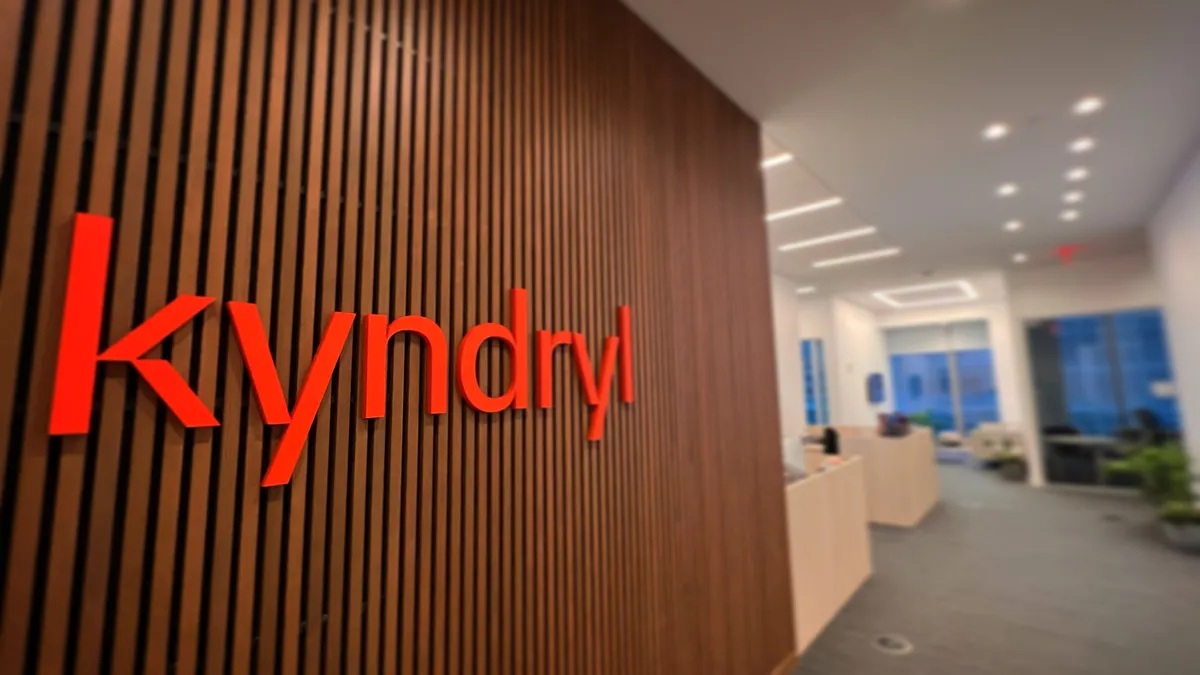The cloud swept through businesses and fundamentally restructured how many compute and operate. Today, open source is making many businesses rethink their software development approach.
"Open source is defining the future of the cloud more so than any other technology today," according to Cloud Foundry Foundation Executive Director Abby Kearns.
More businesses are coming into their own and moving past just getting comfortable with cloud and multicloud systems to proficiency in cloud native architectures and technologies, Kearns said in an interview with CIO Dive. They are beginning to leverage the cloud at scale.
"It's no coincidence that digitization, digital transformation is happening at the same time as open source is really coming into its own in the enterprise," Kearns said. "I see a lot of synergy between those two initiatives because it's really rethinking the way your company communicates and collaborates both internally as well as externally."
Leveraging a technology effectively also means leveraging the ecosystem that sits around it. Entire ecosystems are emerging around large cloud providers, much like the coalescence of service firms like Accenture and EY around ERP many years ago, according to Reetika Fleming, Research Director, Insurance & Smart Analytics at HFS Research, in an interview with CIO Dive.
More businesses are coming into their own and moving past just getting comfortable with cloud and multicloud systems to proficiency in cloud native architectures and technologies.

Abby Kearns
Executive director, Cloud Foundry Foundation
Microsoft, once an opponent of open source, has now come to embrace it — though its still working to build trust in the open source community. The company open sourced more than 60,000 patents late last year to protect workloads from patent assertions.
Google has long been a leader in open source technologies. The company came out with Kubernetes, now the de facto open source container orchestration system for enterprises, and TensorFlow, an open source library popular for machine learning applications.
IBM jumped in on the action with the $34 million acquisition of Red Hat, an open source steward and Big Blue's leverage into the hybrid cloud market.
But in a departure from the past, traditional technology companies are no longer the only ones driving the open source movement forward.
Nontech companies, such as Home Depot, have moved from just consumers of open source technologies to participants and drivers in its development.
"When you think about Home Depot, do you think about them as a cloud and a technology company?" Kearns asked. Yet the company has thousands of cloud-native developers and can push code to production every 15 seconds.
Software was accepted as proprietary for decades, and companies pivoting to open source have to unlearn this idea, as well as the way they develop and contribute to technology.

Abby Kearns
Executive director, Cloud Foundry Foundation
The home improvement retailer has been expanding its technology centers and last year set out to hire a thousand new workers, especially in fields like software and systems engineering, UX design and product management. The company also has investments in internal training initiatives — the "Orange Method" to keep workers up to date on the latest technologies.
Other companies, such as Comcast, American Airlines, Ford and Volkswagen have also assumed the responsibilities of active participation in the open source economy, Kearns said.
But changing to this model didn't happen overnight, and organizations have many hurdles to overcome to get there.
Software was accepted as proprietary for decades, and companies pivoting to open source have to unlearn this idea, as well as the way they develop and contribute to technology, Kearns said.
Open source participation can mean working alongside competitors, which can be a radical departure for some businesses. They also need to rethink how they structure teams, communicate internally or even how their general counsel approaches IP and contributions.
It's important for businesses to think about what they are developing and why, as well as what the differentiation is for customers, Kearns said. CIOs are not longer investing in a technology and riding it out for a decade, they need to layer their value proposition on top of it.
"If we're all leveraging open source technologies as fundamental and foundational tech, what's the value add on top of that?" she asked. "That is a goalpost that is constantly moving," requiring continuous innovation and iteration.




















